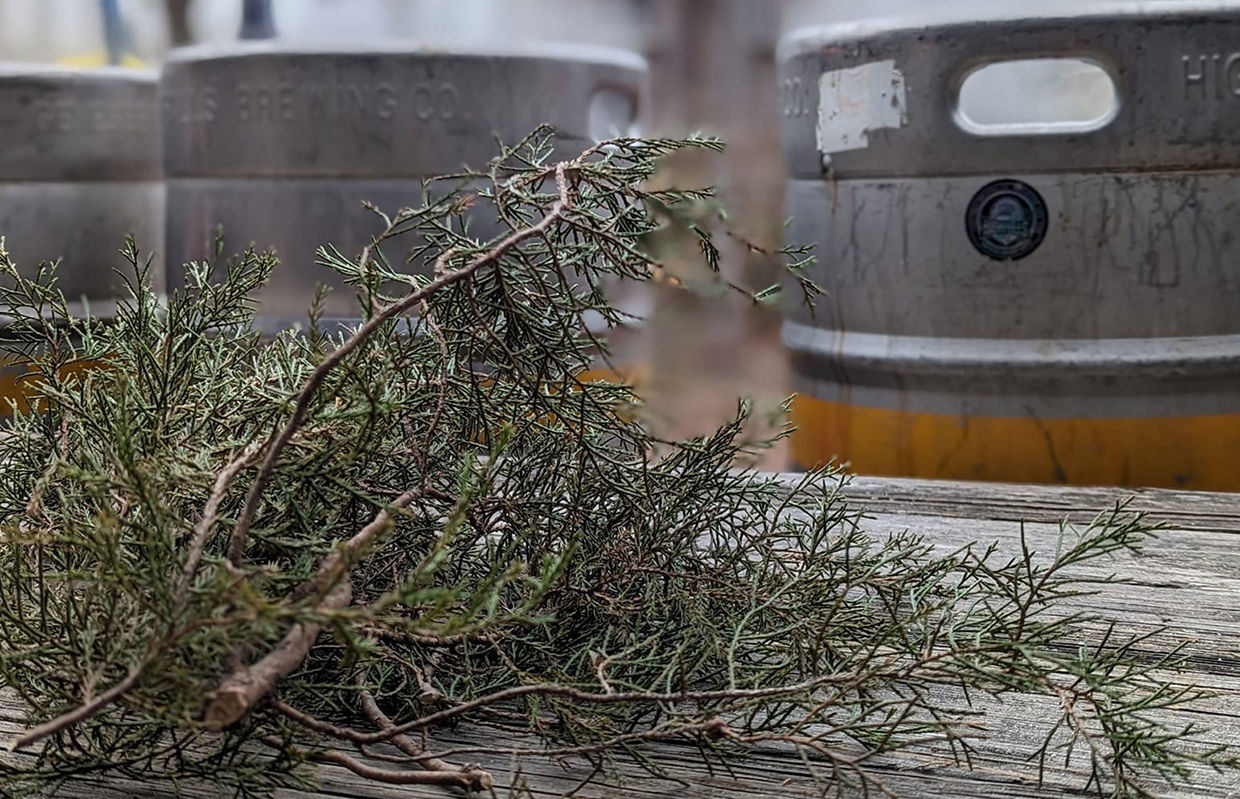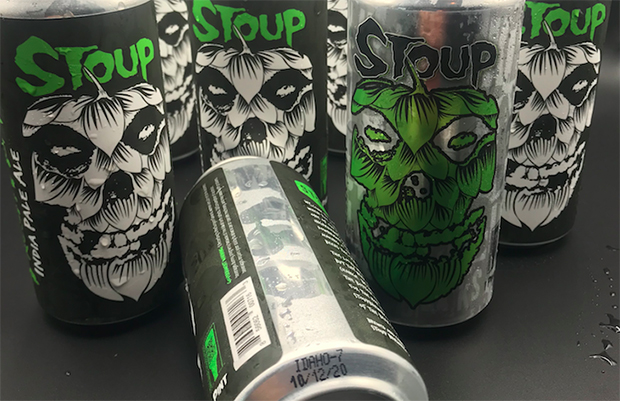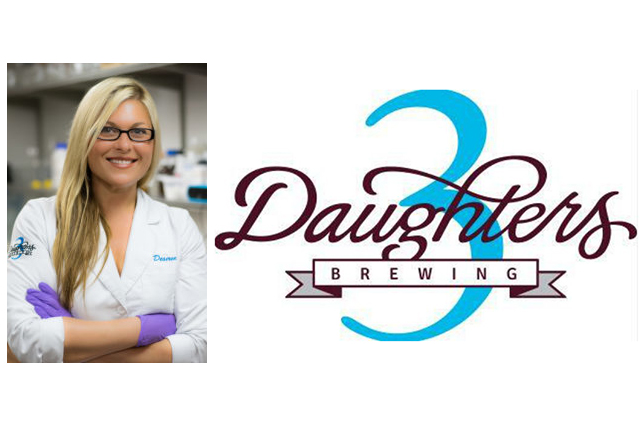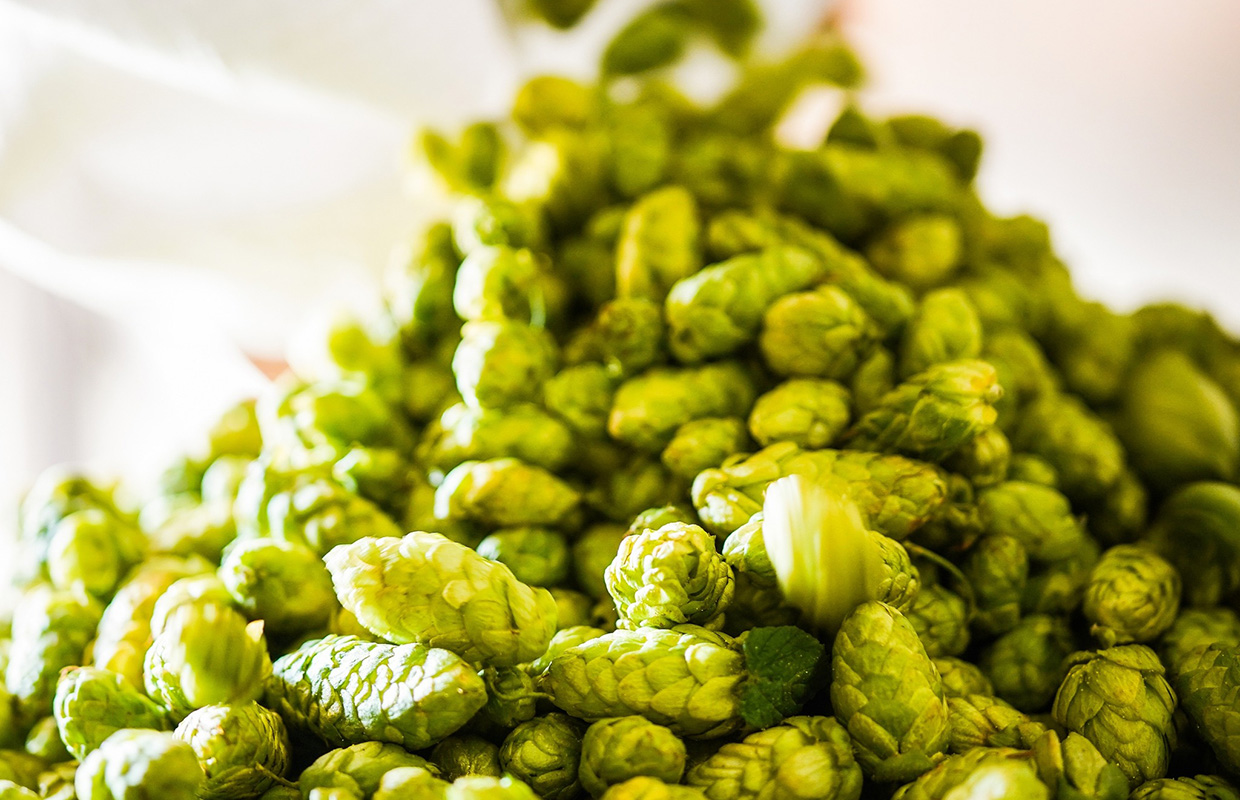
Sometimes, even on a brew day, Marika Josephson doesn’t know what she plans to make.
“We’ll just mash in, and then we’ll decide what ingredients we can harvest,” explained the co-founder of Scratch Brewing in southern Illinois. That doesn’t mean it’s a hodgepodge of beers. Over the years, understanding the property that Scratch is located on in Ava, Illinois means that Josephson and fellow co-founder Aaron Kleidon have been able to dial in some recipes and even created a foraged brew schedule.
Having good storage helps since some ingredients only come once a year but you need the space on site to have it ready for a certain time.
“Chanterelle is a really good example,” Josephson said. “It’s a mushroom that grows in our woods. It’s crazy in the summer, July, August, we’ve kind of honed in on our favorite beer with chanterelle mushrooms is a Bier de Garde. Our favorite yeast strain for that is a Lager yeast. But we can’t get to Lager temperatures in the summer in our brewery. So we harvest those mushrooms in July and we freeze them.
“We have, like, 100 pounds of frozen chanterelles in our freezer, until about January when we can make that beer and then we put them all in the beer. So there’s some things that we’ll harvest at certain times a year. And we know we’ll use them later in the year or we don’t even have a plan for them. But they’re a valuable ingredient to us. We like to preserve them in some way. Freezing or drying, whatever it may be.”
About 75% of Scratch’s beers are fermented with a house sourdough culture, which is a mixed culture of Lactobacillus and Saccharomyces.
“We’ve had it analyzed,” Josephson said. “There’s no Brett or Pedio in it. We’ve been using it for almost nine years. So we’ve gotten to know it really well.
“It’s like another member of our brewing team, actually, at this point, We know when it’s happy, and when it’s not happy. We’ve also learned how to manipulate it to make beers that taste ‘clean’ or emphasize the natural Saison-like character.”
For beers that are more sour, she will adjust the acidity based on dry hopping in the fermenter as well.
Maple bark was a foraged ingredient on display in Nashville during the 2023 Craft Brewers Conference (READ MORE: Creating a Sense of Place in Each Pint is Key for Scratch) while Josephson said staying local helps connect consumers to the area while welcoming those from outside southern Illinois with unique brands.
“Sassafrass is a great example, we have Sassafras Pilsner,” she said. “That was the first time we did a Lagered beer with the Sassafras leaves, which we use all the time.There’s almost always a Sassafras beer on tap at Scratch, usually something that’s a Saison or a Sour.
“But that beer, it was really for me a revelation to taste because we were going for something that was just a Pilsner, and would kind of taste a touch of that Sassafras leaf. It ended up to me tasting like an Italian Pils or something or like an American Pils, where it’s almost like you had a citrusy American aroma hop addition at the end, but it was the Sassafras leaves. So that was really neat. That was a kind of a new way of interpreting that ingredient.”
Working with local farms for fruit and nearby maltsters help keep the notion of terroir apparent.
Kleidon’s family’s land is more recreational hunting and fishing ground, a lot of woods, but Josephson says that’s the inspiration for some of the ingredients they use.
“It is stuff from that land. Stuff that he grew up wandering around in,” she said.




Be the first to comment